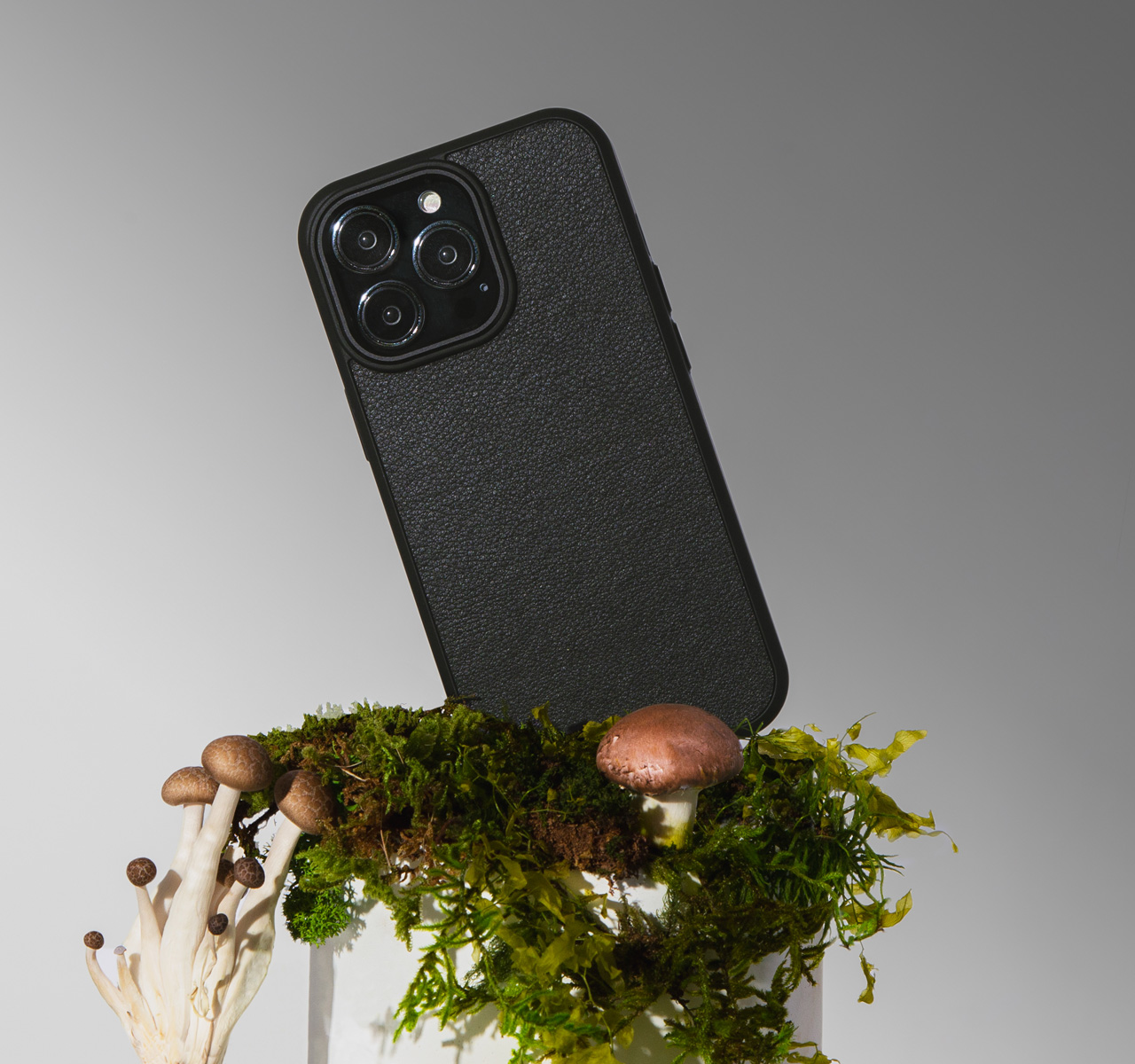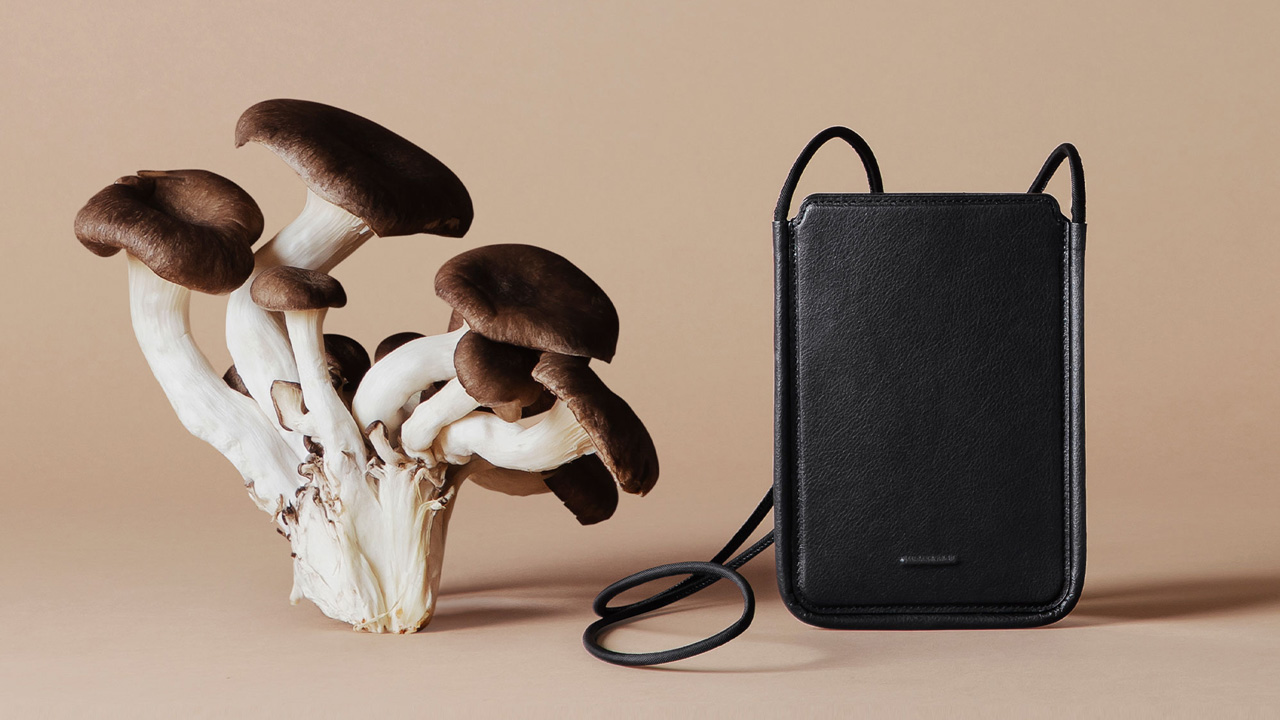News feed
WORDS: DIVYA VENKATARAMAN

At the start of his book on the phenomena of fungi, the improbably named scientist Merlin Sheldrake gets on his knees and scrabbles through the undergrowth to uncover the root networks that lace under the foot of a tree. He inches along the ground, “scratching and sniffing every few centimetres to make sure [he] hadn’t lost the thread.” Ultimately, Sheldrake finds a delicate web of mycelium, or mushroom roots, from which the tree springs.
“Without this fungal web my tree would not exist,” he says. “Without similar fungal webs no plant would exist anywhere. All life on land, including my own, depended on these networks. I tugged lightly on my root and felt the ground move.”
The fungi kingdom has fascinated people like Sheldrake for centuries. Its relationship to plants, animals and human life is often hidden, but – as scholars like Sheldrake point out – it is involved deeply in our existence on the earth. But it’s only in recent years that science has developed to the point of being able to uncover the potentials of fungi. This explains, in part, the current explosion of interest in the field: blocks of earthy, mushroom-laced chocolate are up for sale in local grocers, tech entrepreneurs sip adaptogenic teas in their Bay Area offices, and even the toddler mums are microdosing.
And it’s no real surprise that the world of fashion, susceptible as it is to novelty, has also tapped into the fantastic world of fungi. Though it has the whiff of a new-age experiment, mycelium-based material has been in the works for decades.
In 2007, artist Philip Ross displayed his creations at an exhibition in the Bay Area. They experimented with ‘mycotecture’ – the process of manipulating mycelium, derived from mushrooms, to create a kind of fabric. It was through preparing for his show that he met Sophia Wang, then a Ph.D. student. Together, in 2013, the pair went on to found MycoWorks, a company which aimed to make a business out of Ross’ technique.
Reishi™, the material that MycoWorks has now patented, is made by engineering mycelium during its growth using MycoWorks’ technology to create strong, interlocking cellular structures. The resulting fabric can be grown into specific shapes and sizes, reducing the potential for materials waste. It is strong, durable, and imitates the look and feel of cow’s leather.

Given the fashion industry’s recent reckoning with its impact on the environment – and more importantly, recent measures by governments to start regulating such impacts – the appetite for alternative leathers is growing. The Higg Materials Sustainability Index found that cow-derived leather has a bigger and more destructive impact on the environment than any other material. Meanwhile, the global synthetic leather market reached USD$37.6 billion in 2022, according to data and analytics source Research and Markets. The publisher expects that appetite to grow to USD$48.4 billion by 2028.
Until now, most alternatives to leather – often called ‘vegan leather’ – have been made of plastics or polyvinyl chloride (also known as PVC). But mushroom leather is here to change that.
MycoWorks now has partnerships with luxury brands like Ligne Roset, Nick Fouquet and General Motors. In 2021, it developed a material specifically for luxury maison Hèrmes called Sylvania. Sylvania was created in MycoWorks’s production facility, and then tanned and finished in France by the Hermès tanners in order to “further refine its strength and durability”, after which it was shaped into bags in workshops by Hermès’s craftsmen. The House of Hermès was pleased.
“It’s the first time that a company is able to produce a vegetal product which is matching or even exceeding the quality and durability and aesthetics of a natural one,” said Patrick Thomas, former CEO of the house and a MycoWorks board of directors member, in 2021. “It’s a super achievement.”
But, while the Hèrmes endorsement is clearly a lucrative one, MycoWorks doesn’t see the future of fungi in fashion as solely in the luxury sphere. It plans to open its first plant in South Carolina this year, which will allow it to create “millions” of square feet of its mycelium material. This, notes CEO of the company, Matt Scullin, means “more objects in the hands of consumers, which will hopefully lead to more investment into this incredible innovation, bringing us full circle.”
Nick Fouquet, a hatmaker who has used the Reishi material in his recent lines (prices start from USD$875 for a bucket hat), agrees that mushroom leather has the potential for more democratic reach.
“I believe it has the capability of a mainstream material,” he says. “I think for now, what I’m trying to do is use my proverbial megaphone via my brand and social media to educate and bring awareness through my process and utilisation of Reishi. I think all of this is a long play and not a quick rush.”
While it has seen notable successes, the journey to bring mushroom fashion into the world has not been without its hurdles. In late July, Bolt Threads, the California-based start-up behind another mushroom ‘leather’ product named Mylo, announced it would be halting production due to setbacks in raising funds. Mylo was also something of a success story: it had partners like Stella McCartney, Adidas and Lululemon. McCartney, one of the fashion industry’s most vocal and early adopters of sustainability-oriented fashion, showed bags in her summer 2022 collection made of Mylo’s leather, trimmed with the label’s distinctive aluminium (recyclable) chain.
Still, materials innovation expert Dr. Sydney Gladman, the chief scientific officer at the Materials Innovation Institute, is hopeful for the future of mushroom fabrics.

“It is difficult to predict which materials will achieve the most commercial success… but we don’t see any signs of mycelium slowing down,” she says. “[Leather] had thousands of years to perfect R&D and to scale – next-gen materials have only had a little over a decade. The achievements we’ve seen already are incredible, and with a little patience we will continue to see volumes go up, prices go down, and adoption to increase.”
She points to the way that fungi has taken off in other spheres as guiding evidence. The growth of mycelium leather – as per Sheldrake’s musings on the interconnectedness of the fungi world – has been a part of a wider movement investigating the power of fungi, across food, medicine, textiles and more. Like mushroom-derived foods and teas have found relative price parity with everyday ingredients, Gladman is optimistic that mycelium-based fabric will too.
As we watch more and more polyester and other non-biodegradable materials sent to live on forever in landfills (often in developing countries), it’s clear that the development of alternative materials is a crucial part of the puzzle of a sustainable fashion future. But we also know that fashion’s appetite for novelty is bottomless. All kinds of natural sources are being co-opted into fabrics these days, brands jostling for buzz and launch day metrics: banana skins, grapes, apple seeds, fermented seaweed fibres.
Gladman, however, doesn’t feel that this is cause to worry.
“I don’t think there’s anything wrong with a love of novelty – it’s what keeps pushing innovation forward,” she says. “We think next-gen materials can fit into fashion’s obsession with new and noteworthy, and can do so more responsibly than the animal- and petro-derived incumbents.”
Here, the capitalistic, winner-takes-all logic of the fashion industry faces a challenge. Gladman doesn’t think the push for alternative leathers is a battle to be won, but a table to take a seat at, together.
“This will not be and should not be a ‘race’ to find a winner – rather a collective platform where we rethink how materials are developed and how a multitude of materials can be utilised in the overall system,” she says. Fungi, after all, are interconnected, reliant on each other for sustenance and growth.
Perhaps those looking for a way to harness their powers for good should look to mushrooms not just for their biological potentials – but as muses, too.

Stella McCartney AW23 MYLO Mushroom Leather Bag










